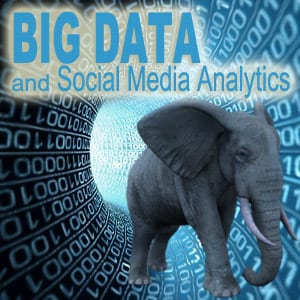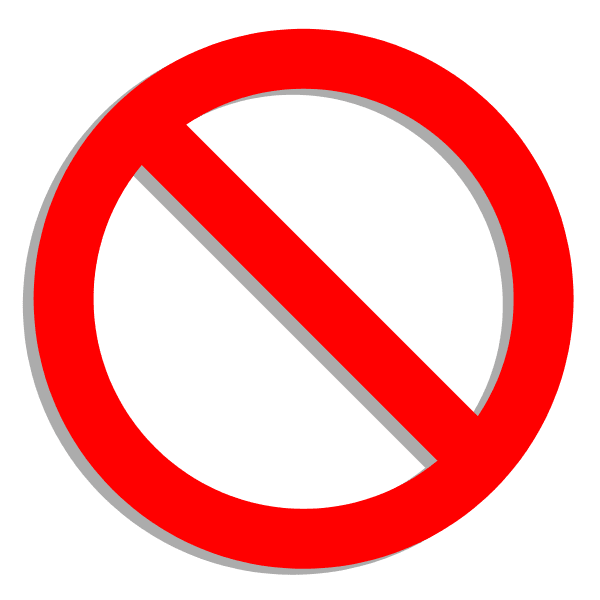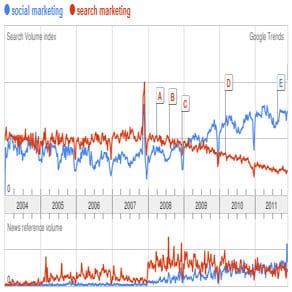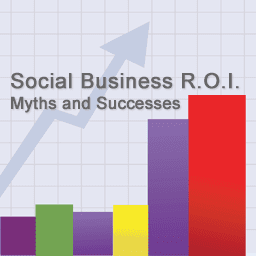Big Data and Social Media Analytics

Big Data, in case you’re unfamiliar, refers to data sets that are so large that they’re awkward to work with. Forget megabytes or gigabytes. With Big Data we’re currently working with terabytes, petabytes, exabytes and zettabytes of data (over 2.5 quintillion bytes daily and growing). Social Media (as a social instrument of communication) is greatly impacting the growth of Big Data (as an industry); and Big Data is providing established and aspiring social enterprises and organizations with the data to help them understand how to better function, grow and manage as a social business.
Highlights of the daily Big Data stream
- 1 Billion plus Facebook, Twitter, LinkedIn, Google+ and Pinterest visitors generating many Billions of messages, statuses, comments, posts, content uploads, etc.
- 2 Million plus Blog posts
- 300 Billion plus emails
- 22 Million hours of TV Shows and Movies watched on Netflix
- 2 Billion plus videos watched on YouTube
- 900,00 plus hours of video uploaded to YouTube
- 19 Million plus hours of music streamed on Pandora
- 1 Petabyte plus of game content processed by Zynga
The above list only represents some Big Data data types that we’re most familiar with. There are also financial transactions, imaging data, and much more information that flows into the Big Data stream. To help understand just how big Big Data is, consider this: more data has been created in the past two years than in the entire history of the world before that. Yes, rewind and play if you haven’t heard this statistic before.
Big Data is being used in many ways and in many fields and industries
Big Data is used in Medical research, personalized medicine, computer sciences and business, to name a few. In a Social Business, we rely on Big Data daily and could not operate very well without it. We use Big Data to help manage strategic business functions including: marketing, customer support, sales, and much more. And, Big Data is also starting to help us understand how much of our Social activities contribute to Business ROI, mainly in the marketing area (i.e., we can’t yet effectively measure other business silos as well as marketing). Today, it’s important for all enterprises and organizations to know what their return on investment is relative to what they’re spending on Social. Those numbers are generally looking very good for those social enterprises and organizations that are doing social right and have been doing it for a while.
Think of how far marketing data has traveled from the days of “mention this ad to save 20%”, to today’s robust social analytics software that mines Big Data and helps us analyze what people are thinking, sharing, saying and doing in real-time. With Big Data, in the Social realm we’re able to identify important trends, gauge sentiment for brands and products, and so much more. Essentially, Big Data helps us control the conversation and respond (quickly) to what people really want to talk about; and, introduce content (quickly) that people are really interested in. No doubt, Big Data will help grow many established and aspiring social enterprises and organizations to great heights in the next 2-to-4 years.
Return to top: Big Data and Social Media Analytics
Related Posts in Big Data, Business ROI and Social Business ROI:
The Road Less Travelled: Social Business ROI
Google Analytics Social Reports Ties Social Channels to Business ROI
Social Business and the Growth of Shared Value
Social Business ROI: Myths and Successes






